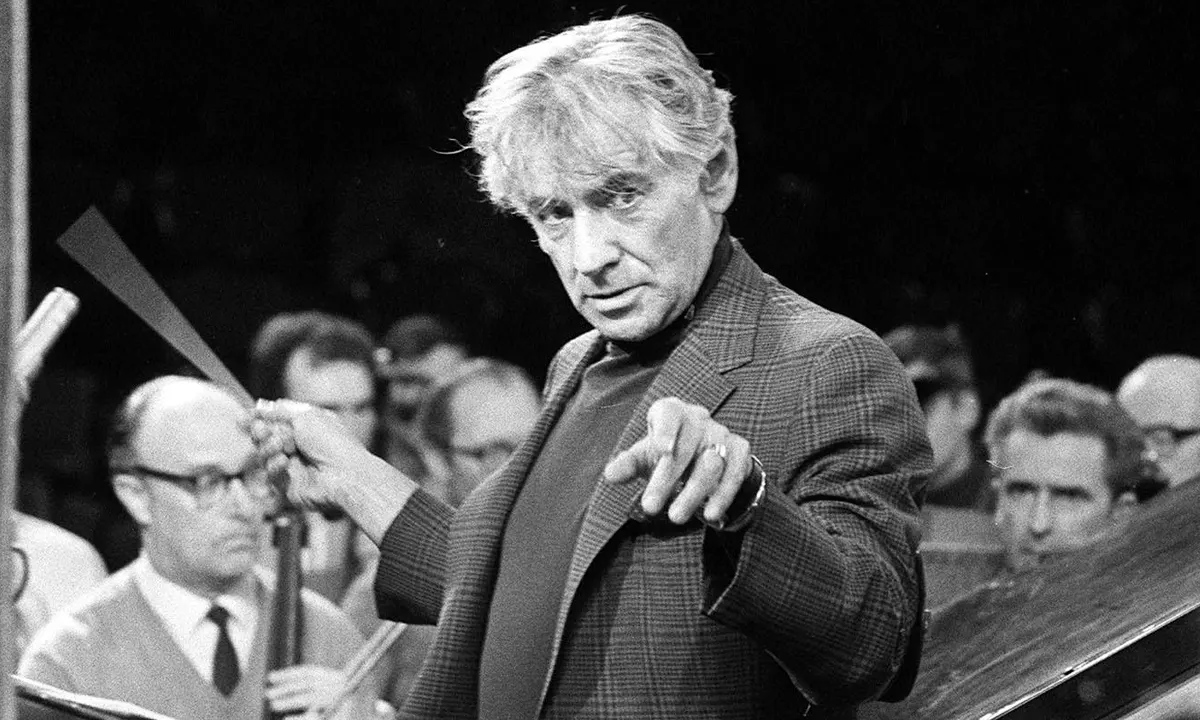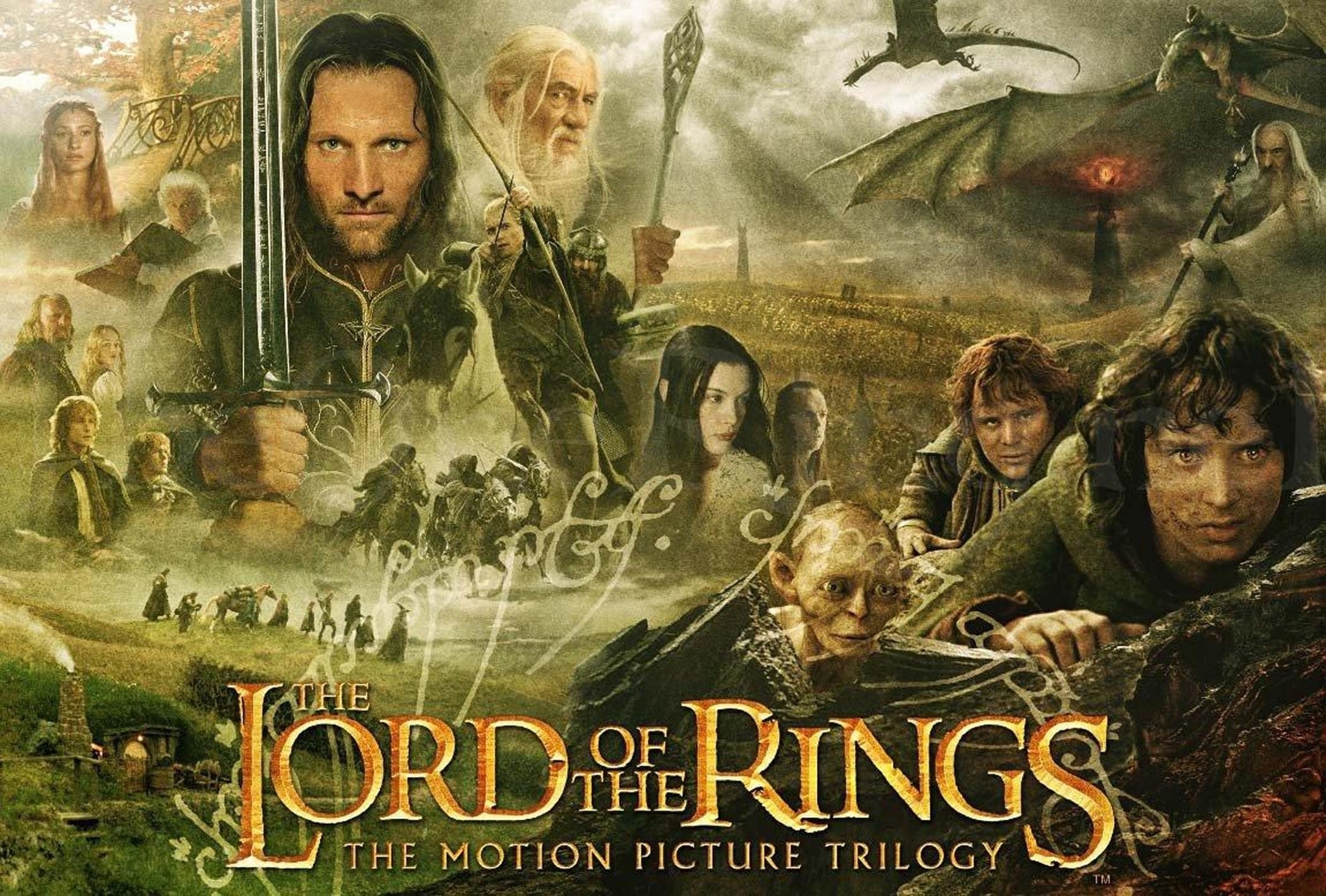How to Unearth the Dynamics of Movie and Other Formas of Entertainment
Dive into the World of Entertainment Dynamics! Discover Mind-Blowing Insights. Click Now for the Ultimate Analysis!

Exploring the Interplay between Movies, Theatre, and Television in Entertainment
The world of entertainment is a vast and dynamic realm, comprising various forms of media and artistic expression that captivate and engage audiences worldwide. Among these, movies, theatre, and television stand out as prominent pillars, each offering its unique charm and storytelling capabilities. This analysis delves into the intricate relationship between movies and these other forms of entertainment. It explores how they influence and complement one another, shaping the landscape of the entertainment industry. While these mediums share similarities, they also diverge in fundamental ways, ultimately contributing to the richness and diversity of human culture and leisure.
Evolution of Entertainment Forms
To understand the interplay between movies, theatre, and television, it is crucial to explore their historical evolution. Theatre is the oldest of the three, dating back thousands of years to the ancient?Greeks and Romans. It thrived as a live performance art, characterized by the immediacy of the actor-audience connection. Over the centuries, theatre has evolved, adapting to changing cultural norms and technological advancements.
In contrast, movies and?television?emerged much later, in the late 19th and early 20th centuries. The invention of the motion picture camera and the subsequent development of film technology revolutionized storytelling. This visual medium allowed for the recording of performances, enabling audiences to experience narratives without the need for live actors.
Television, an offshoot of both theatre and film, came into its own during the mid-20th century. It brought the magic of moving images into people's homes, paving the way for serialized storytelling and mass entertainment. This technological leap transformed the way narratives were consumed, blurring the lines between live and recorded performances.
The Art of Storytelling
At their core, movies, theatre, and television all share a common objective: to tell compelling stories. However, they do so in distinct ways, harnessing their unique strengths to engage audiences.
?Theatre as Live Art
Theatre is celebrated for its immediacy and the tangible connection between performers and spectators. Each performance is a singular event, with actors delivering their lines and emotions in real-time. This live aspect adds an element of unpredictability and authenticity, making every show unique. The absence of editing or retakes places a heavy burden on actors, requiring impeccable skill and preparation.
Movies and the Cinematic Experience
Movies, on the other hand, leverage the power of cinematography, editing, and special effects to create immersive worlds. Directors have the luxury of multiple takes and post-production enhancements to craft a polished final product. The cinematic experience transports audiences to distant lands, presents fantastical creatures, and conveys complex emotions through visual and auditory storytelling. The collaboration of actors, directors, writers, and cinematographers ensures that every frame is meticulously designed to elicit specific emotions and reactions.
?Television as Serialized Storytelling
Television series,?often referred to as "the small screen," have carved a niche in the entertainment landscape with serialized storytelling. This medium offers the luxury of prolonged character development and intricate plotlines over multiple episodes or seasons. Viewers form long-lasting relationships with characters, becoming deeply invested in their journeys. Unlike theatre's immediacy or a movie's self-contained narrative, television series encourage ongoing engagement and anticipation.
Intersecting Worlds: Adaptations and Crossovers
The convergence of movies, theatre, and television is evident in adaptations and crossovers. Stories that find success in one medium often transcend into the others, showcasing their interconnectedness.
Theatre to Film and Television
Many iconic theatre productions have made their way onto the silver screen or television, bringing the magic of live theatre to a broader audience. For instance, the musical "Les Mis?rables" transitioned from the stage to the big screen, retaining its powerful emotional impact through innovative cinematography and performances. Similarly, Shakespearean plays like "Romeo and Juliet" have been adapted numerous times into both movies and television series, offering fresh interpretations of timeless classics.
Film to Theatre
Conversely, successful movies often inspire stage adaptations, bridging the gap between film and theatre. Productions like "The Lion King" and "The Producers" have achieved critical acclaim and commercial success on Broadway, proving that stories initially designed for film can find new life in the theatre.
Television Series to Film
Television series with dedicated fan bases sometimes make the leap to the big screen, providing fans with an extended cinematic experience. Examples include "The X-Files," "Sex and the City," and "Downton Abbey," which continued the narratives of beloved characters on the larger canvas of cinema.
Technology's Impact on Entertainment
Advancements in technology have revolutionized all three entertainment forms, influencing their production, distribution, and consumption.
?Digital Effects and Cinematic Spectacle
Movies have embraced cutting-edge digital effects to create visually stunning spectacles. Films like "Avatar" and "The Lord of the Rings" trilogy have pushed the boundaries of what is visually possible, immersing audiences in fantastical worlds. These technological feats often define the cinematic experience, making movies a visual marvel that theatre and television must compete with.
Streaming Services and the Rise of Episodic Content
The advent of streaming services like Netflix, Amazon Prime, and Disney+ has transformed television. These platforms offer a vast array of content, including original series that rival the production values of movies. Binge-watching has become a cultural phenomenon, further blurring the lines between traditional television and cinematic storytelling. Additionally, streaming services have enabled viewers to consume content at their own pace, giving them more control over their entertainment experience.
Theatrical Experiences and Immersive Technologies
Theatre, while rooted in tradition, has also integrated technology to enhance the audience experience. From innovative lighting and sound design to projection mapping and virtual reality, technology has expanded the possibilities of live performance. Productions like "Harry Potter and the Cursed Child" employ cutting-edge technology to create immersive, magical worlds on stage, captivating audiences in new and exciting ways.
The Audience Experience
The relationship between movies, theatre, and television is incomplete without considering the role of the audience. Each medium offers a distinct experience to viewers.
Audience Interaction in Theatre
In theatre, the audience is an integral part of the performance. The energy and reactions of spectators influence the actors, creating a symbiotic relationship. Theatregoers can react in real-time, applauding, laughing, or crying as the story unfolds. This immediate connection between performers and audience members fosters a sense of community and shared emotion.
Cinematic Immersion
Movies excel at providing a sense of immersion through the sheer scale and spectacle of the cinema. Audiences are enveloped by the larger-than-life visuals and surround sound, losing themselves in the story. The communal experience of watching a film in a theater, with a shared audience reaction, adds to the overall impact.
?Personalized Viewing in Television
Television, particularly in the age of streaming, offers a personalized viewing experience. Viewers can watch at their convenience, pausing, rewinding, or skipping content as desired. This flexibility caters to individual preferences and schedules but sacrifices the communal aspect found in theatre and cinemas.
Movies, theatre, and television are three pillars of entertainment, each offering a unique approach to storytelling and captivating audiences in distinct ways. While they have evolved independently
What's Your Reaction?
















